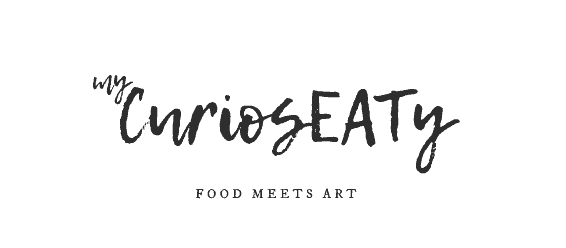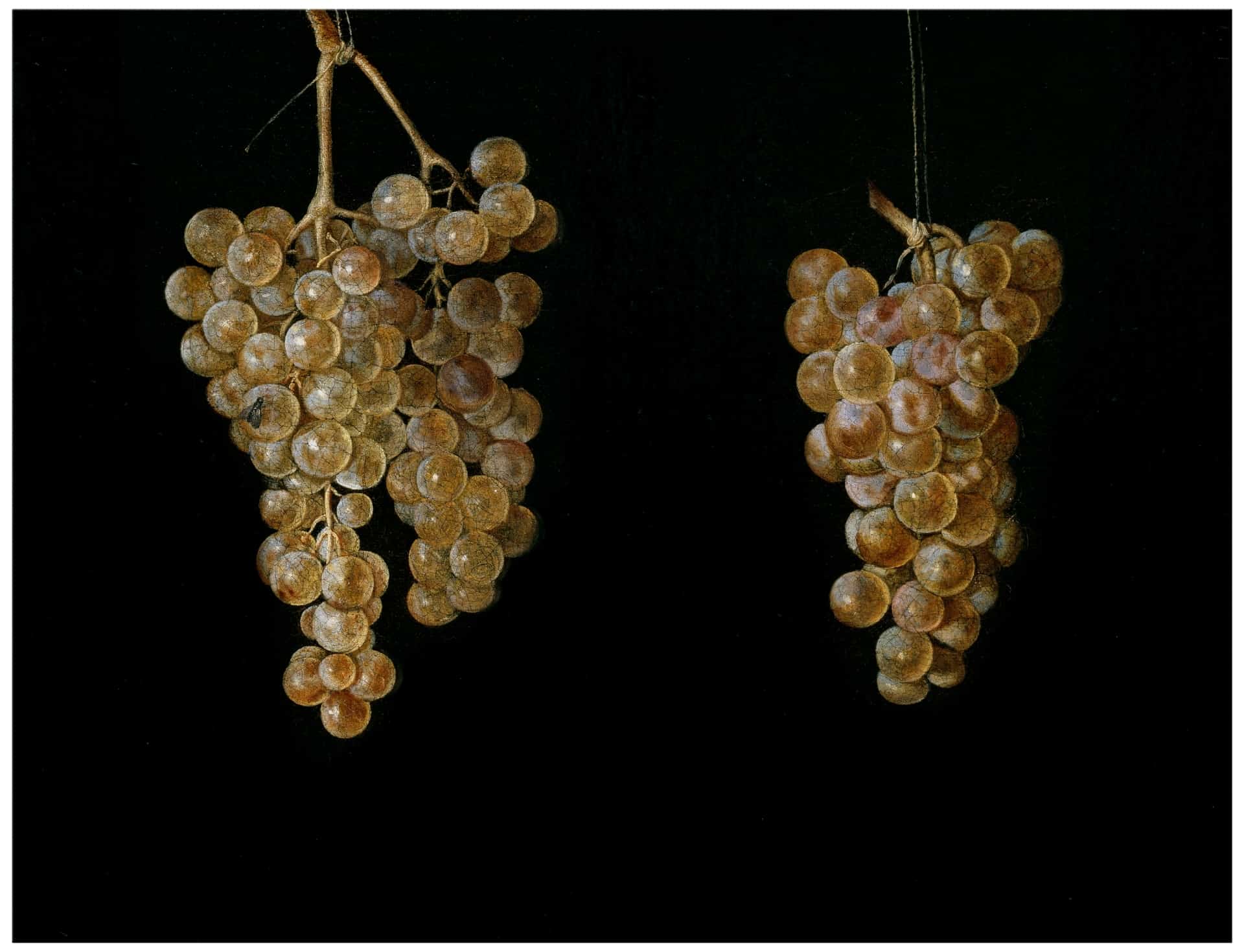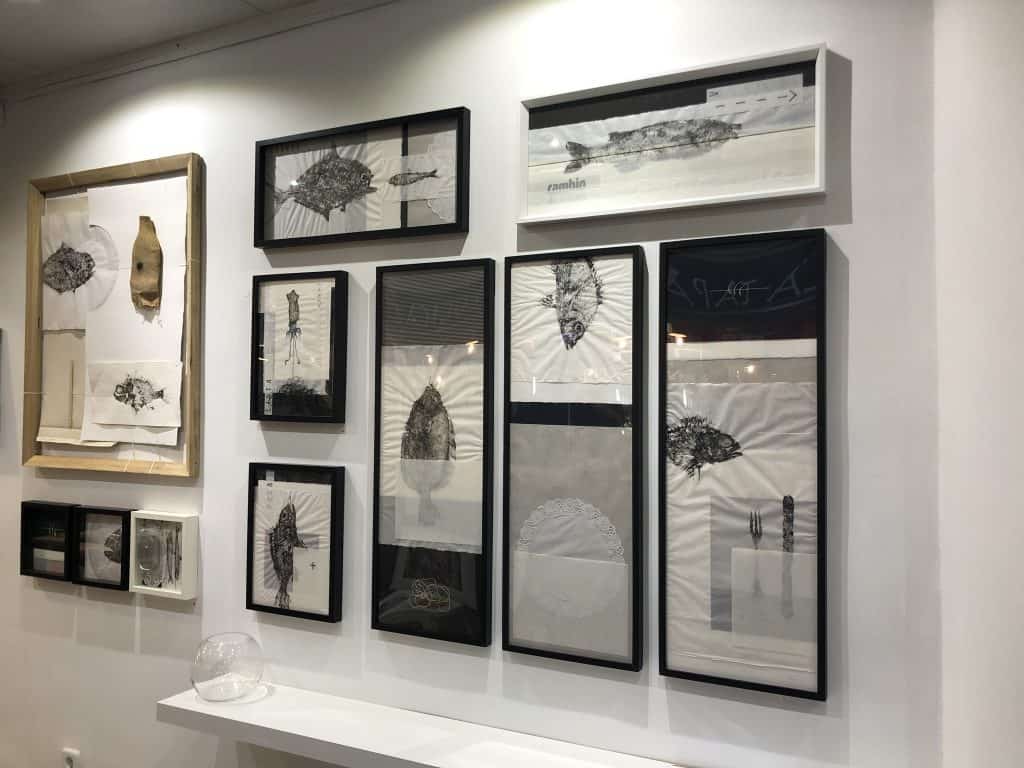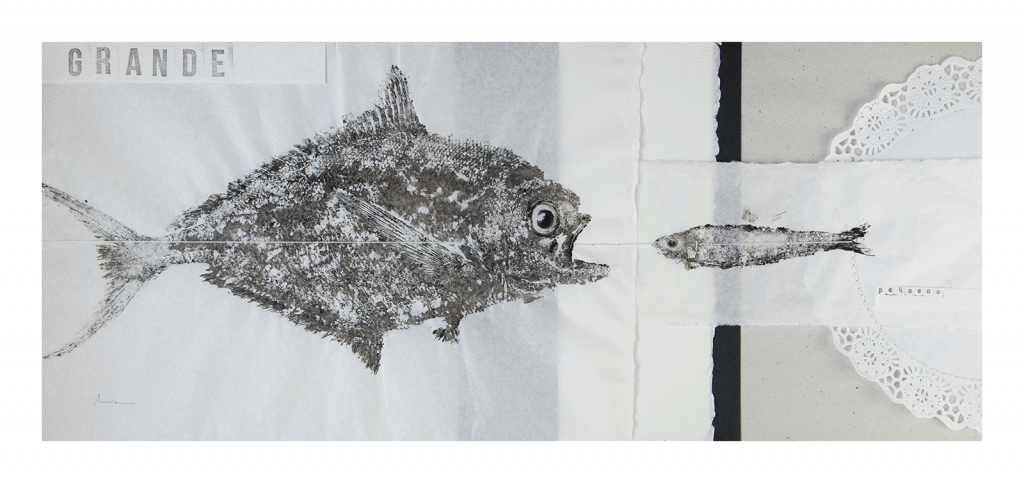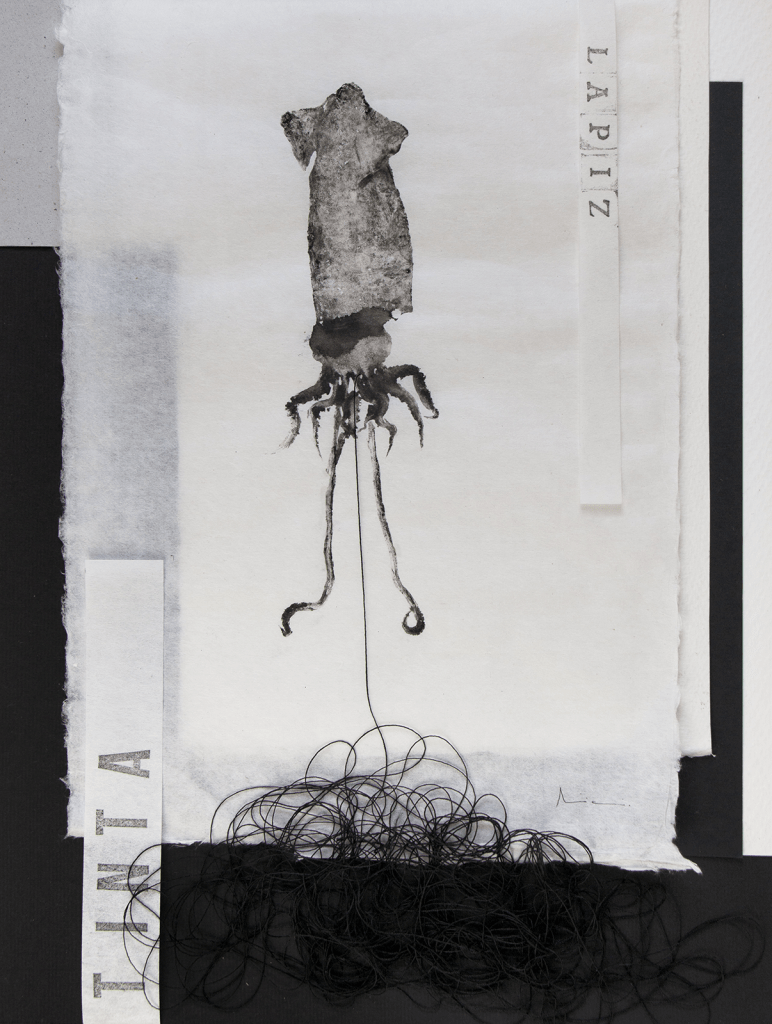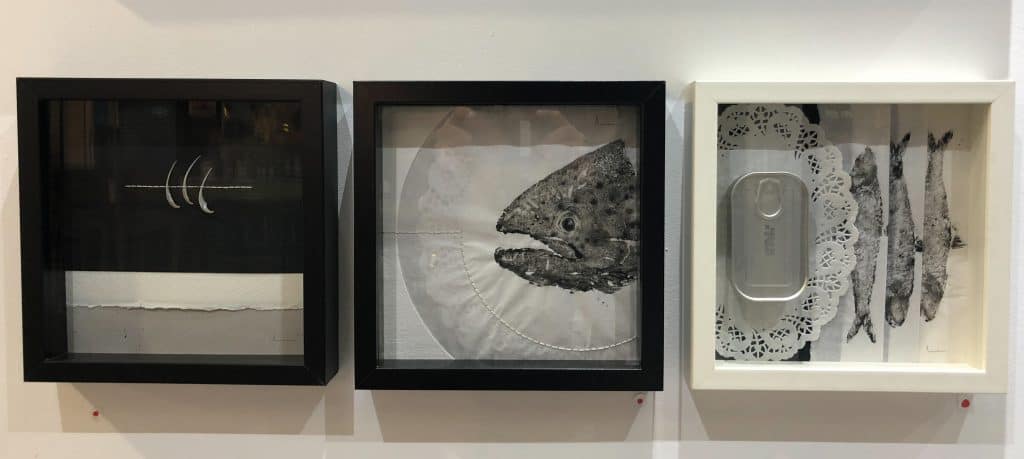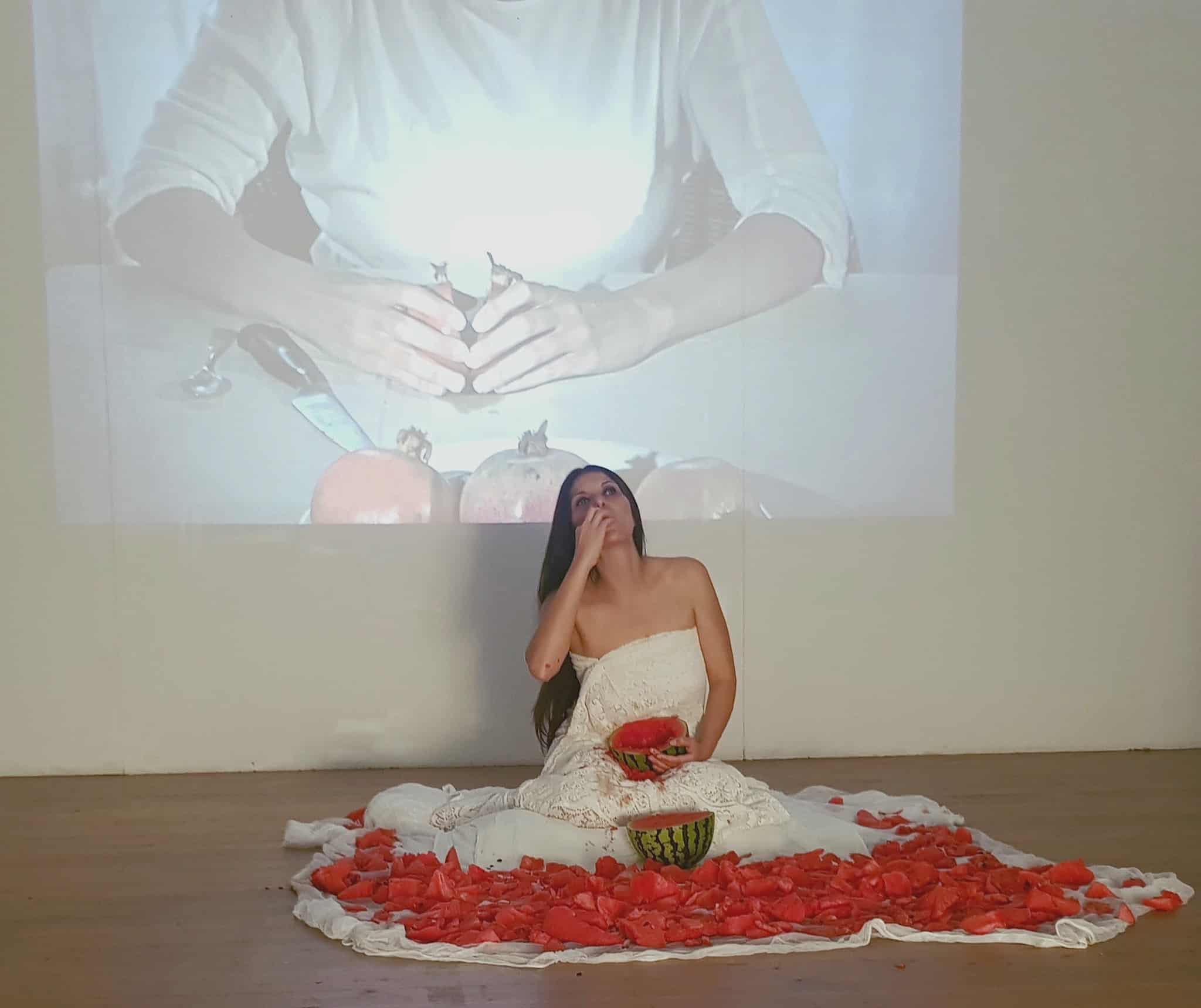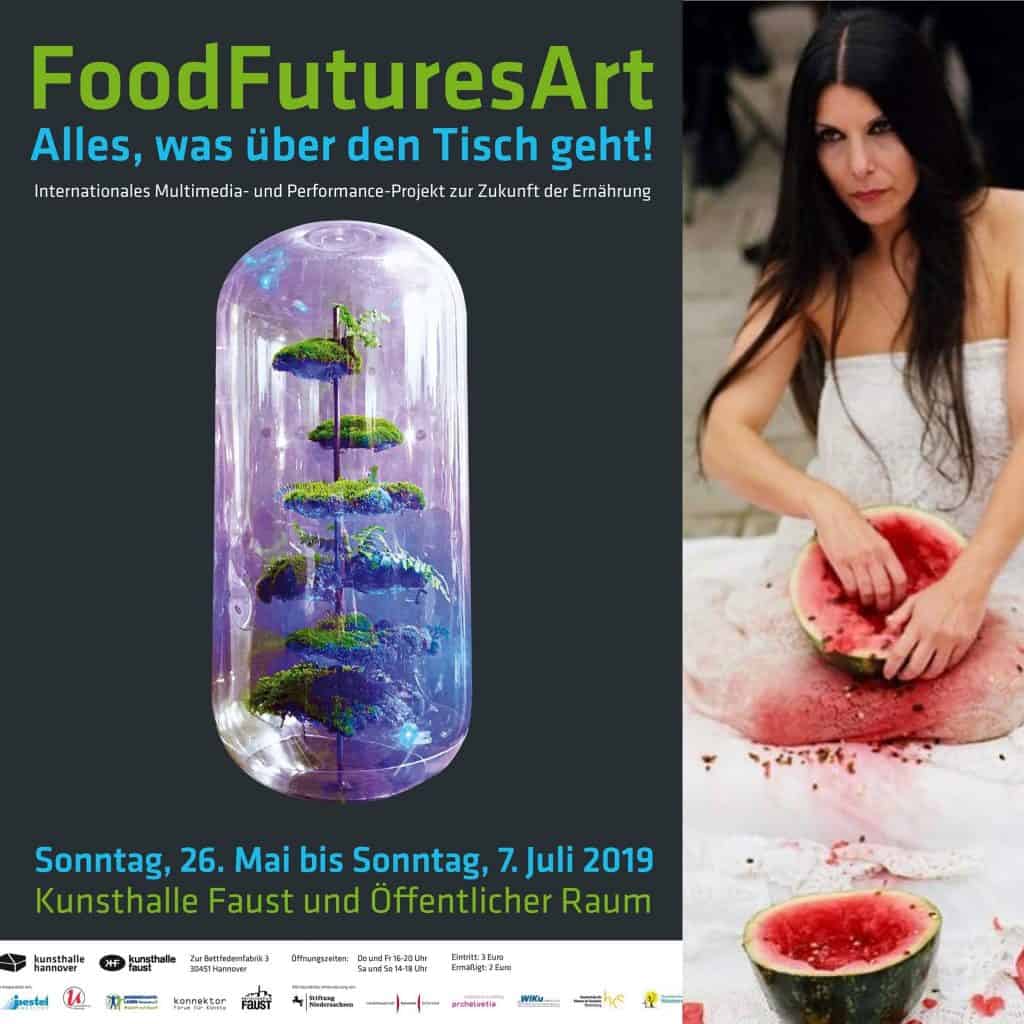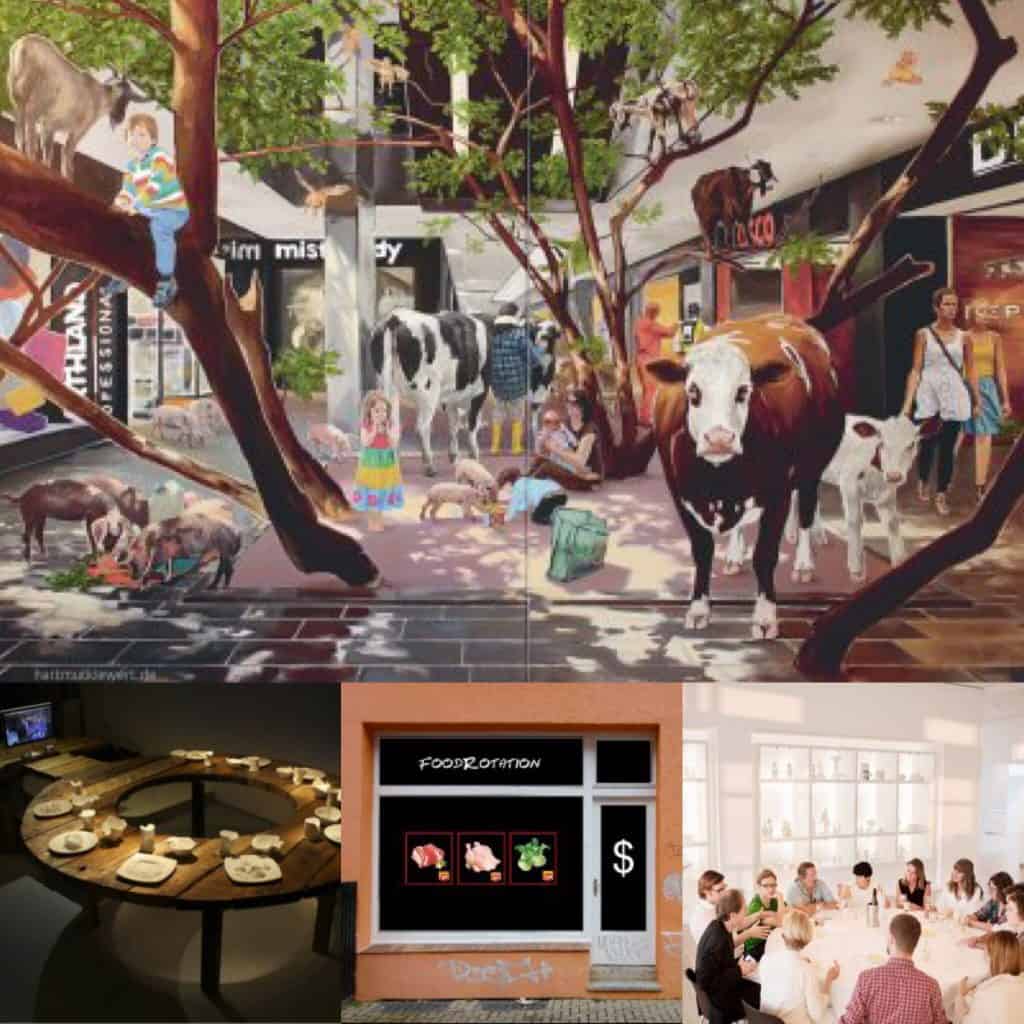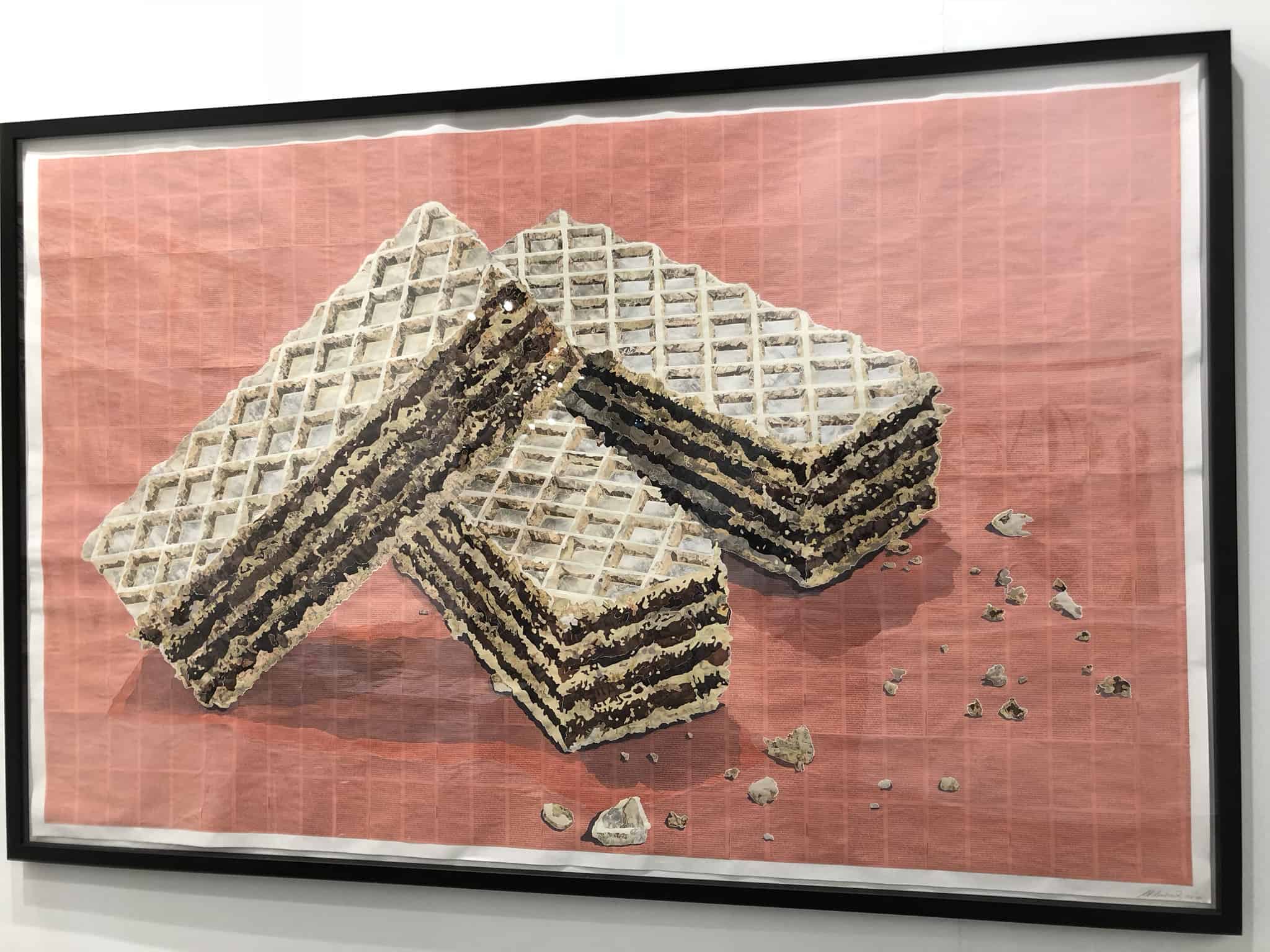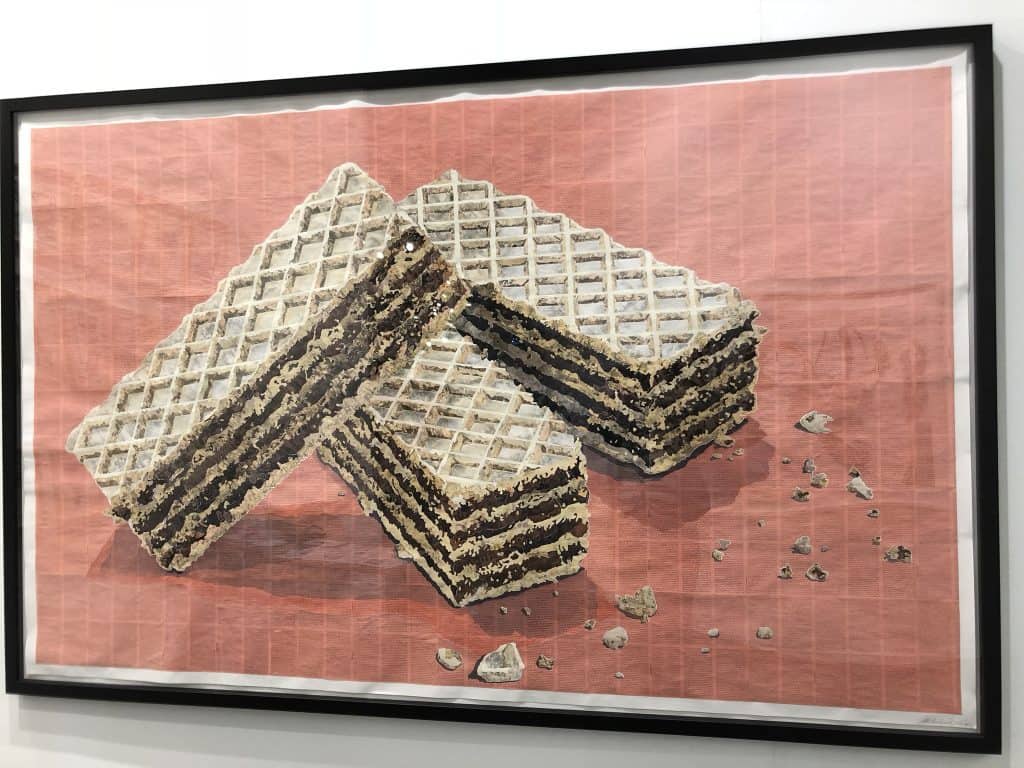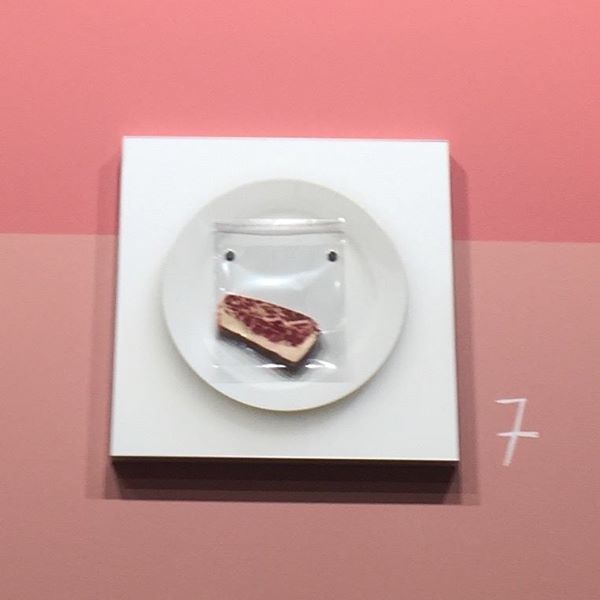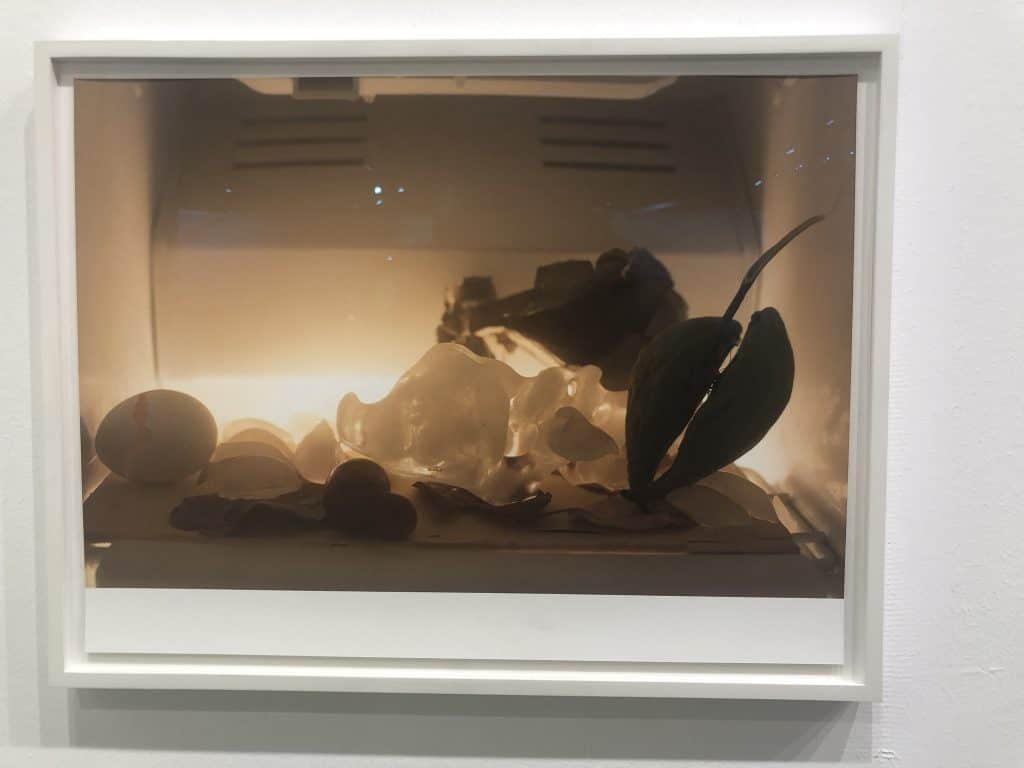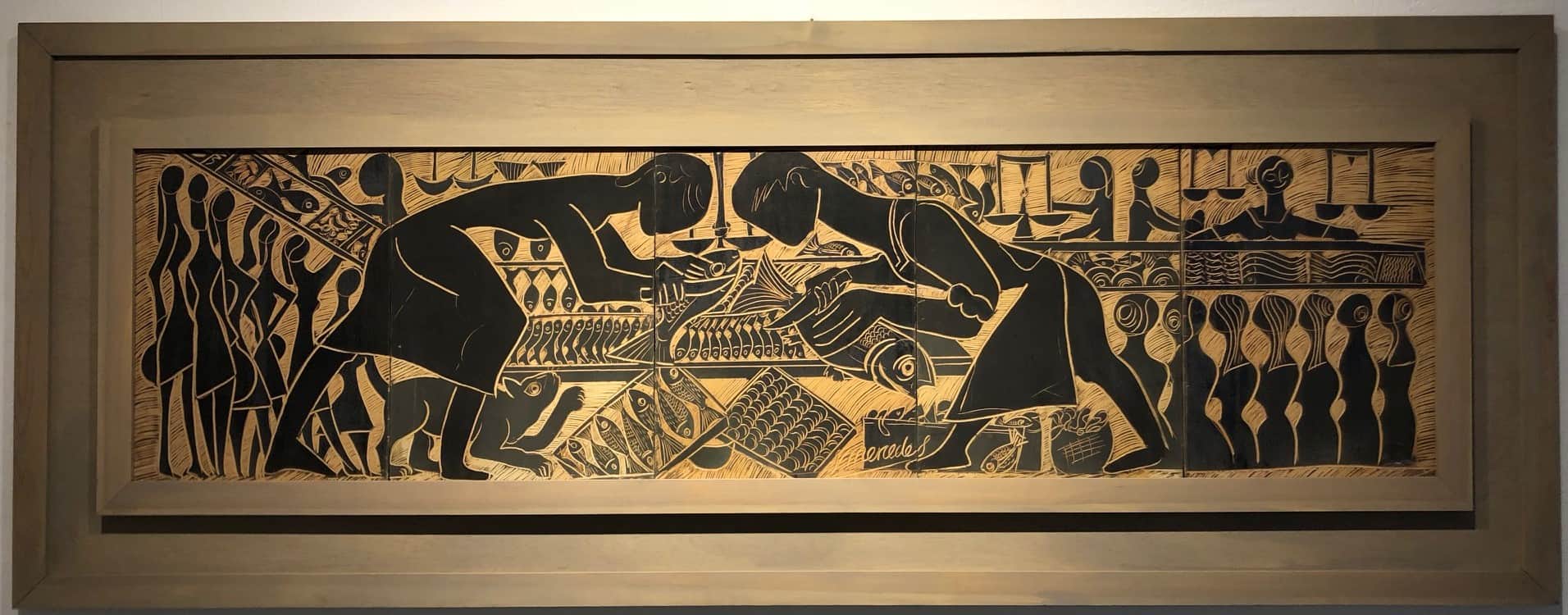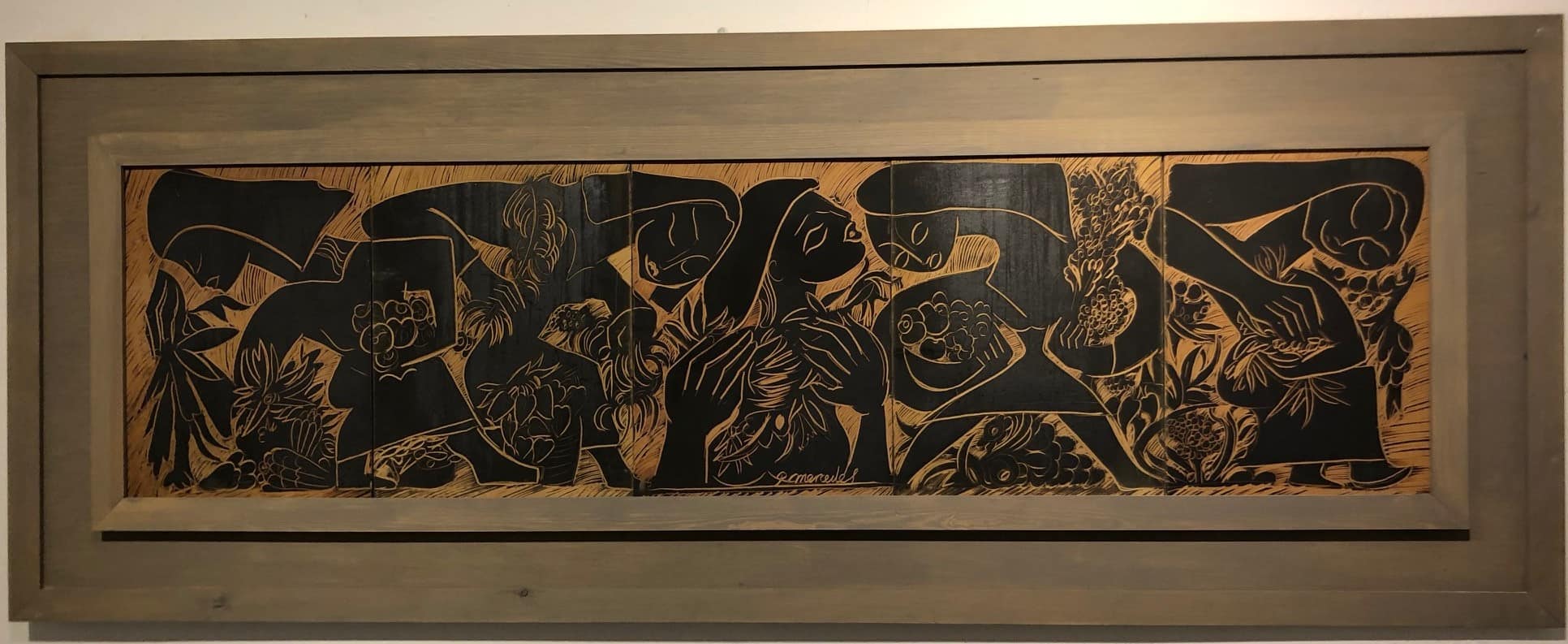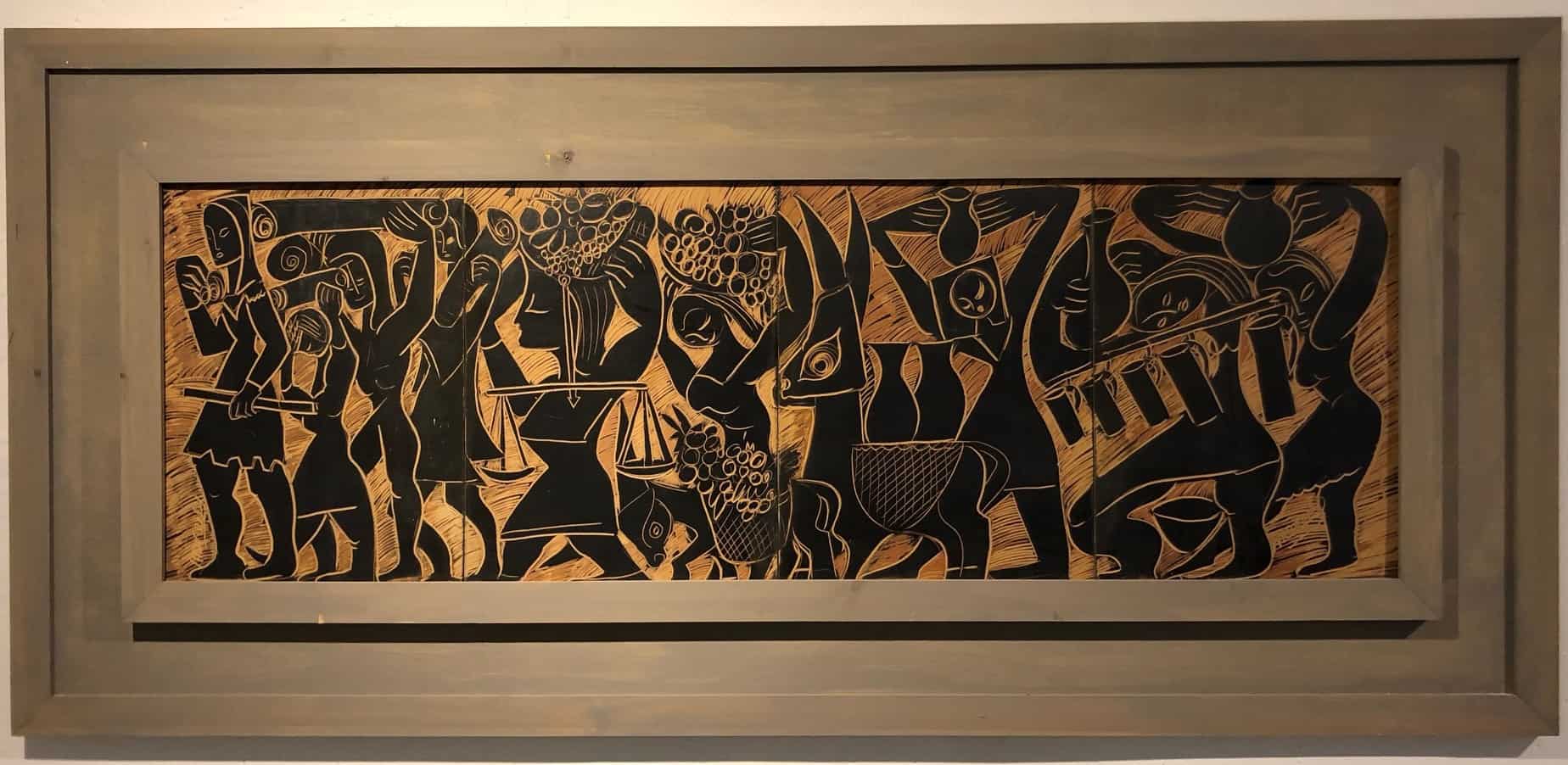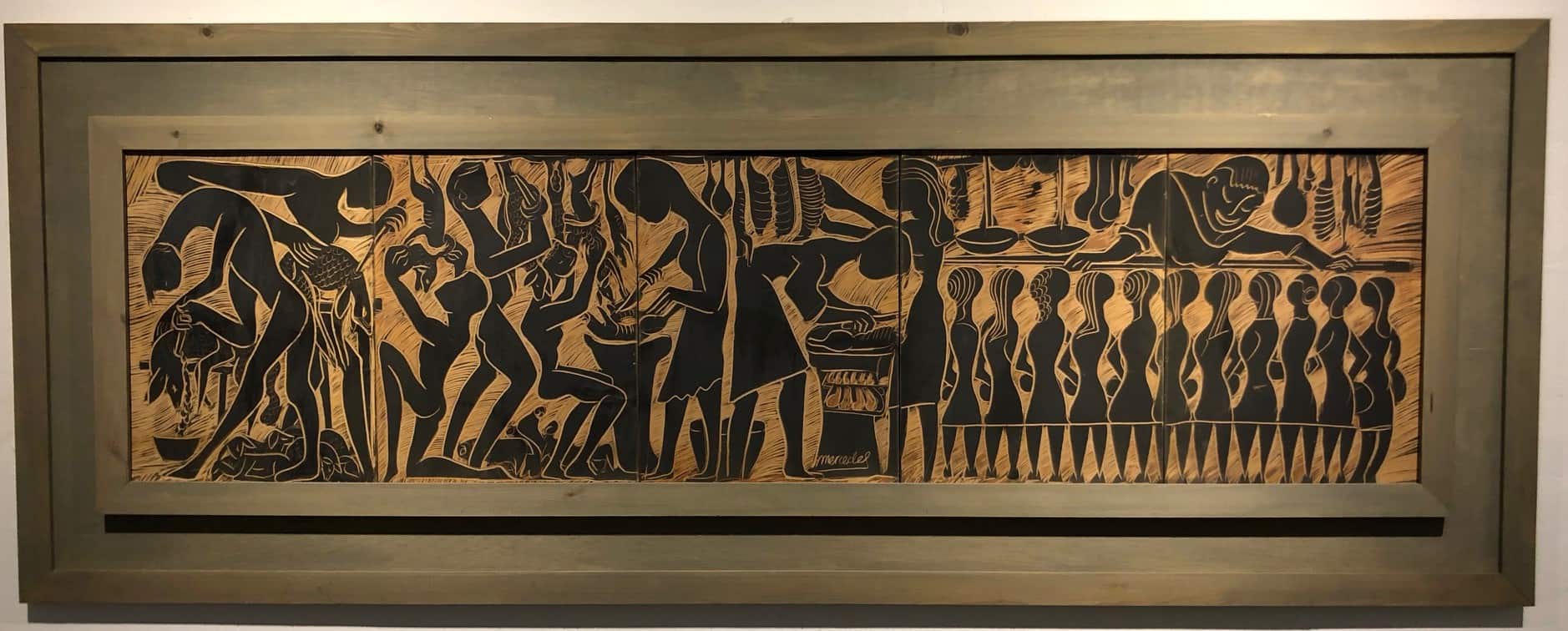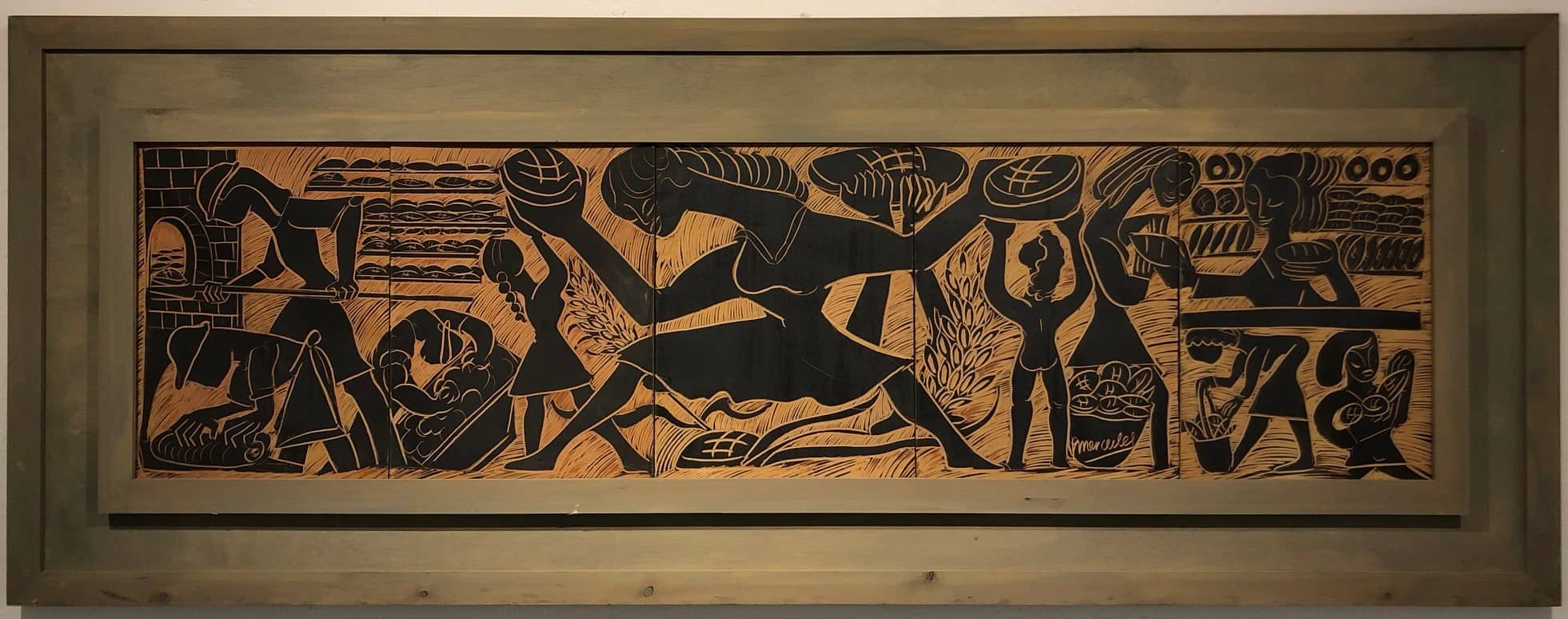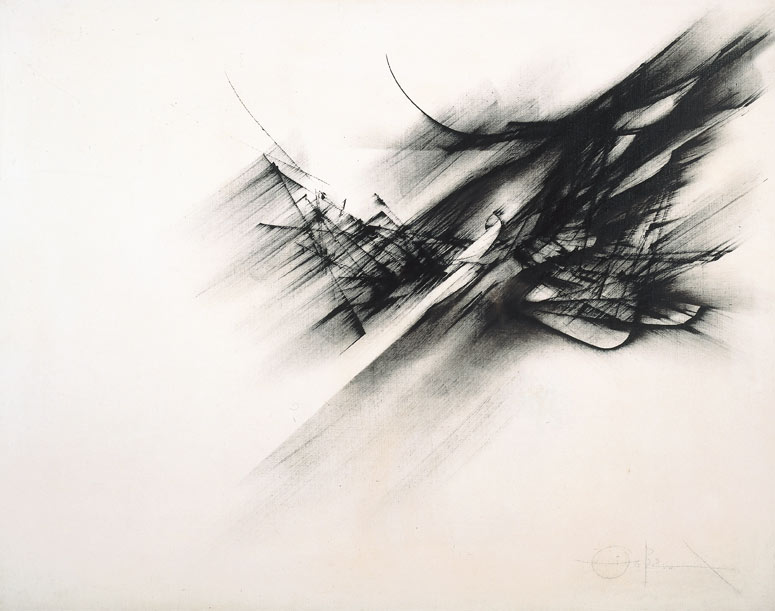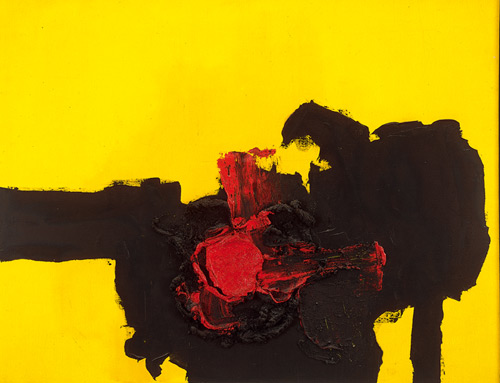Once upon a time there was a bunch of grapes…
In Art History, when it´s time to study still life paintings and talk about representing food, the story of the painters Zeuxis and Parrhasius comes along very frequently. And it goes like this:
This last (Parrhasius), it is said, entered into a pictorial contest with Zeuxis, who represented some grapes, painted so naturally that the birds flew towards the spot where the picture was exhibited. Parrhasius, on the other hand, exhibited a curtain, drawn with such singular truthfulness, that Zeuxis, elated with the judgment which had been passed upon his work by the birds, haughtily demanded that the curtain should be drawn aside to let the picture be seen. Upon finding his mistake, with a great degree of ingenuous candour he admitted that he had been surpassed, for that whereas he himself had only deceived the birds, Parrhasius had deceived him, an artist.
Pliny the Elder, Natural History, Second English translation, by John Bostock and H. T. Riley, 1855
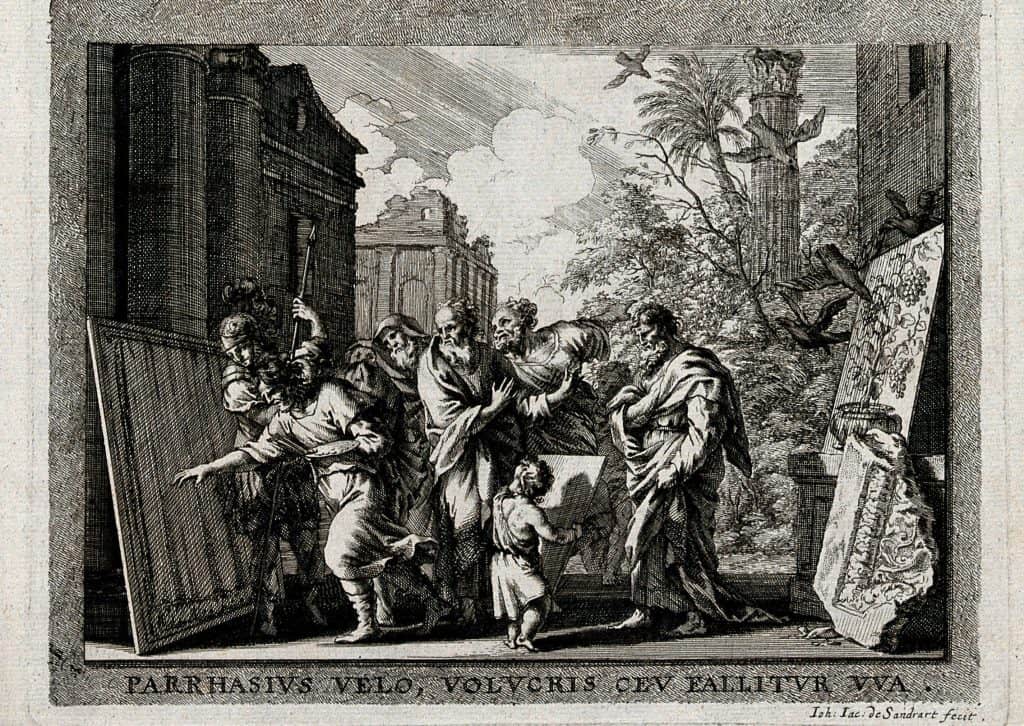
What interests me the most about this story are the grapes. They are not real, but represented on the canvas. However, they are so realistically painted, that even some birds come flying to the painting. All according to Pliny, of course.
And what´s your point, you are now probably wondering ?
Well, not so long ago I was told about realfood and realfooders. And to tell you the truth, I hadn’t heard it before, but after investigating a little bit, it pretty much matched what I imagined it to be. Name well chosen. Summed up it means choosing fresh and ´real´ food like vegetables, meat, fish or dairy, to name just a few examples, and discarting ultra-processed food like industrialized sweets and breads, soft drinks and pre-packed meals.
Giving it some thought, I started to connect everything. Zeuxis´ deceit with the bunch of grapes on the one hand, and real and ultra-processed food on the other. What a mess!
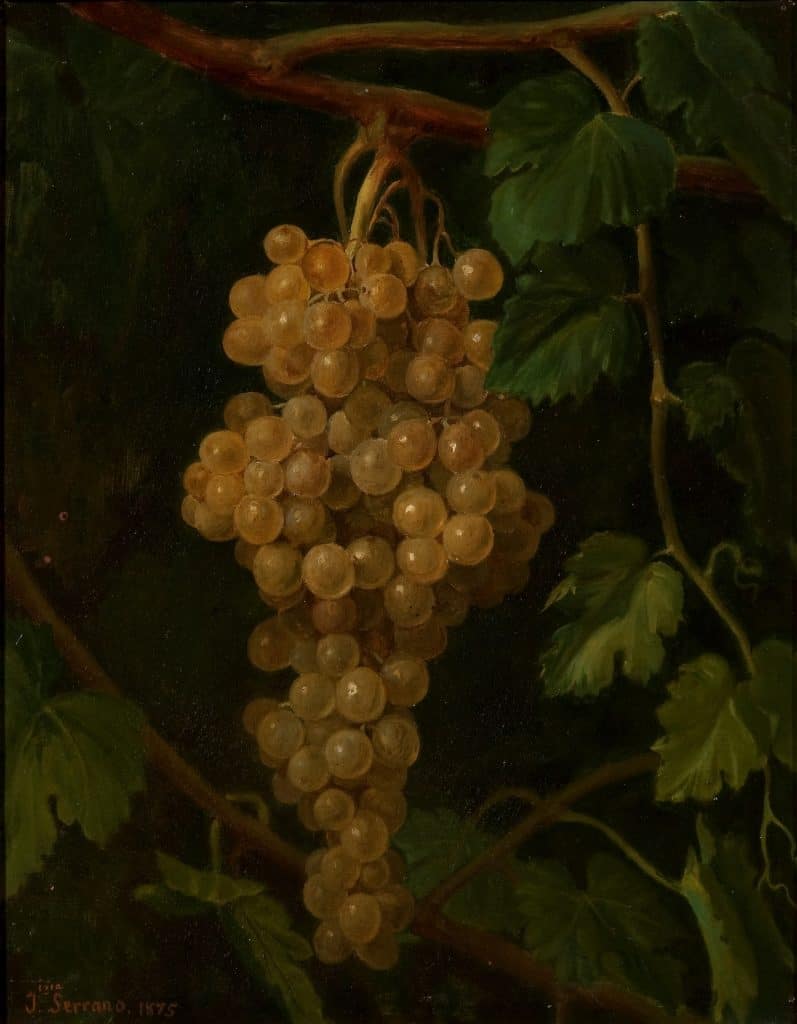
The grapes featuring this story are depicted as a painting, but physically they are made out of paint, varnish, canvas, etc. Ultra-processed food is also portrayed as something it´s not. It is depicted as food, but it´s made with highly manipulated ingredients and quite some preservatives and additives. Fresh ingredients cannot be recognized anymore in these types of products, or at least in the end result.

Ultra-processed food seemed to me like the painted grapes. Sorry, Zeuxis. Very beautiful and colorfull at first sight, imitating the real thing, but in the end, it´s not food like a real bunch of grapes, a loaf of bread or a glass of milk. Moreover, just like the birds approach the canvas to pick on the grapes, we as consumers approach ultra-processed food as if it were real food.

Nevertheless, I would like to bring nuance to this deceit. In general, we are well aware we are looking at a painting or at another work of art, even though it´s not always as easy to perceive. But, do we have the same certainty when we are buying and consuming ultra-processed food? Or do we ignore the obvious and buy out of ease or greed, more than anything?
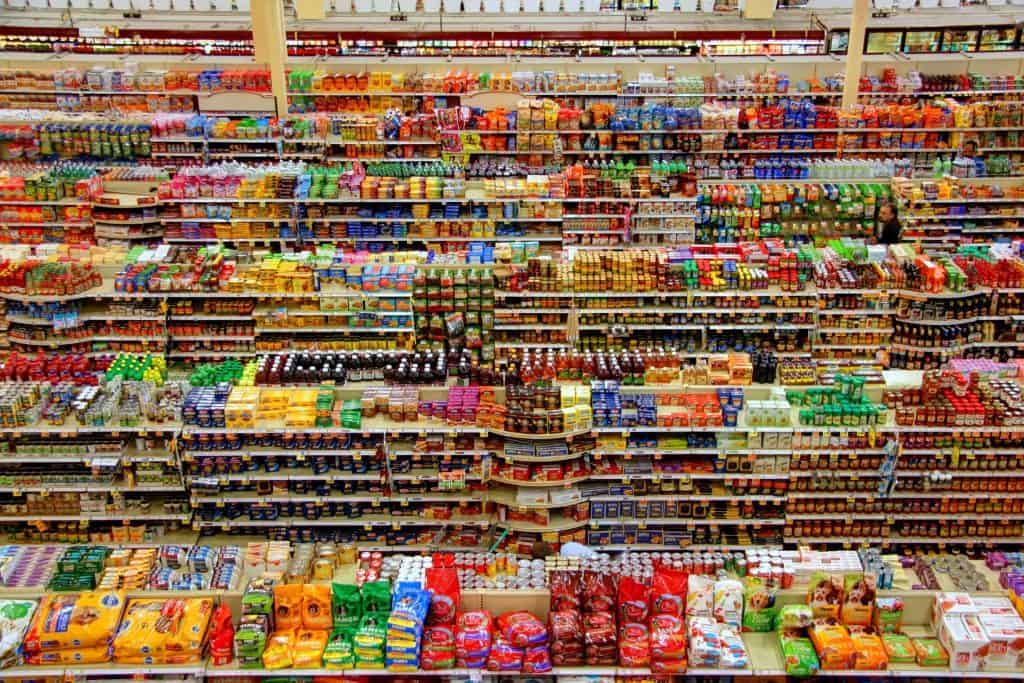
Zeuxis´ painting with the grapes would be like many aisles at grocery stores: endless rows of soft drinks, junk food, candies and snacks.
And are we going to let it fool us any longer?
